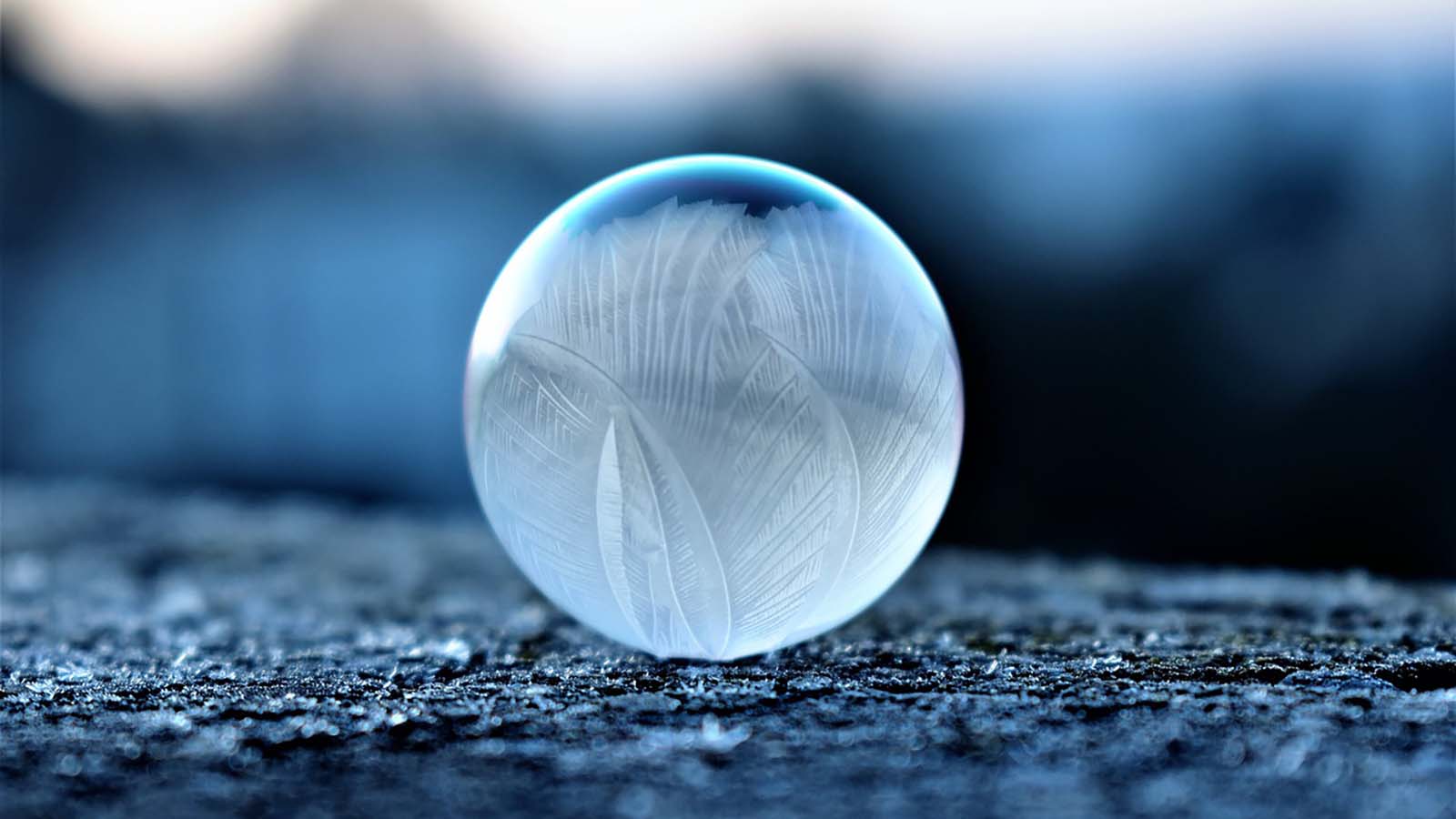Scientists achieve the coldest temperature ever recorded
Atoms in freefall came within a few trillionths of absolute zero

Absolute zero is the coldest anything can ever get in the universe, and scientists just broke a record by coming within trillionths of a degree of achieving it in a new experiment.
At a fundamental level, temperature is a measure of molecular motion: the faster molecules are moving, the more collisions they produce which translates into an increase in heat. The absolute coldest a substance can ever achieve then is when all molecular motion is stopped. This occurs at -459.67 °F / -273.15 °C, also known as absolute zero, or 0 degrees on the Kelvin scale.
It was this limit that scientists at the University of Bremen, Germany, approached when they took a cloud of about 100,000 rubidium atoms trapped in a magnetic field and cooled them to around 2 billionths of a degree Celsius in a vacuum chamber, creating something known as a Bose-Einstein condensate (BEC).
This in itself broke records, but the researchers pushed things further by simulating deep-space conditions using a 120-foot-tall free fall tower.
By dropping the vacuum chamber off the tower and rapidly flipping the magnetic field off and on, the BEC in the vacuum chamber was able to enter a state of microgravity. This allowed the atoms in the BEC to exhibit almost no molecular motion at all, coming to within 38 picokelvins – about 38 trillionths of a kelvin – of absolute zero for about two seconds.
The result of the experiment was published in the Physical Review Letters.
- While not as chilly as absolute zero, check out the best laptop cooling pads
- How Ford uses giant furnaces, robots and super-hot lasers to build safer cars
- A fridge colder than outer space could revolutionize quantum computing
Analysis: the closer to absolute zero we get, the weirder matter becomes
Approaching absolute zero, all sorts of bizarre things start to happen, according to our colleagues over at LiveScience. Light turns into a liquid that can be poured into a container, helium atoms stop experiencing friction, and atoms can exist in two places at once.
Sign up for breaking news, reviews, opinion, top tech deals, and more.
Most importantly, for practical purposes, substances start to become superconductive, which means they stop resisting electrical currents entirely and start to generate powerful magnetic fields that can be used to levitate objects with considerable mass.
Absolute zero is also more of a theoretical concept than one that can ever exist in nature, since – like accelerating to the speed of light – the closer we get to absolute zero the more work is required to reduce a substance's temperature, so reducing a substance to absolute zero would actually require an infinite amount of work.
Still, trying to get a substance as close as possible to absolute zero is an important endeavor. All of the phenomena described above weren't even known to be possible until scientists started reducing matter to near absolute zero, which makes this range of temperature so exciting for researchers to study.
By continually pushing matter to the coldest temperature possible, we can discover new phenomena that we can then pursue at more reasonable temperatures, like superconductivity. We won't know what's possible though until we push matter to its limit, even if that absolute limit is ultimately out of reach.

John (He/Him) is the Components Editor here at TechRadar and he is also a programmer, gamer, activist, and Brooklyn College alum currently living in Brooklyn, NY.
Named by the CTA as a CES 2020 Media Trailblazer for his science and technology reporting, John specializes in all areas of computer science, including industry news, hardware reviews, PC gaming, as well as general science writing and the social impact of the tech industry.
You can find him online on Bluesky @johnloeffler.bsky.social